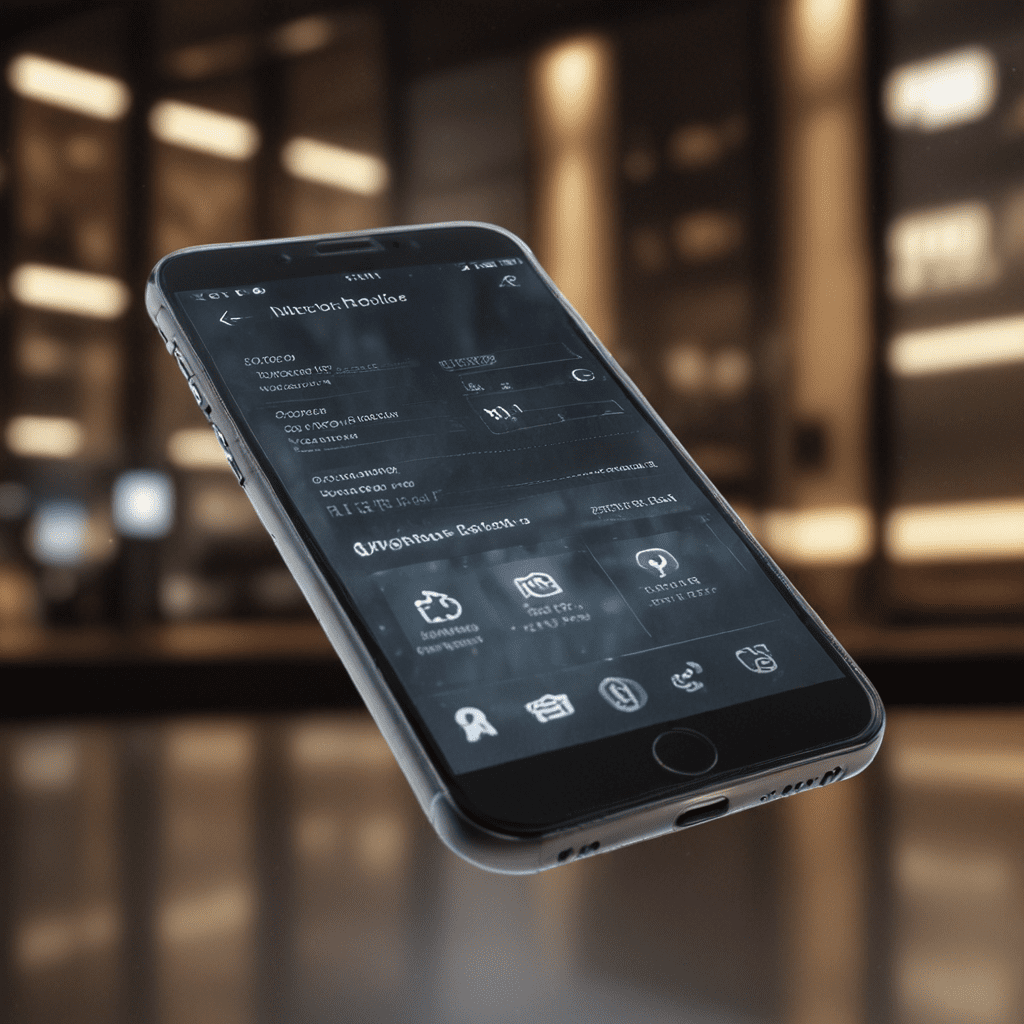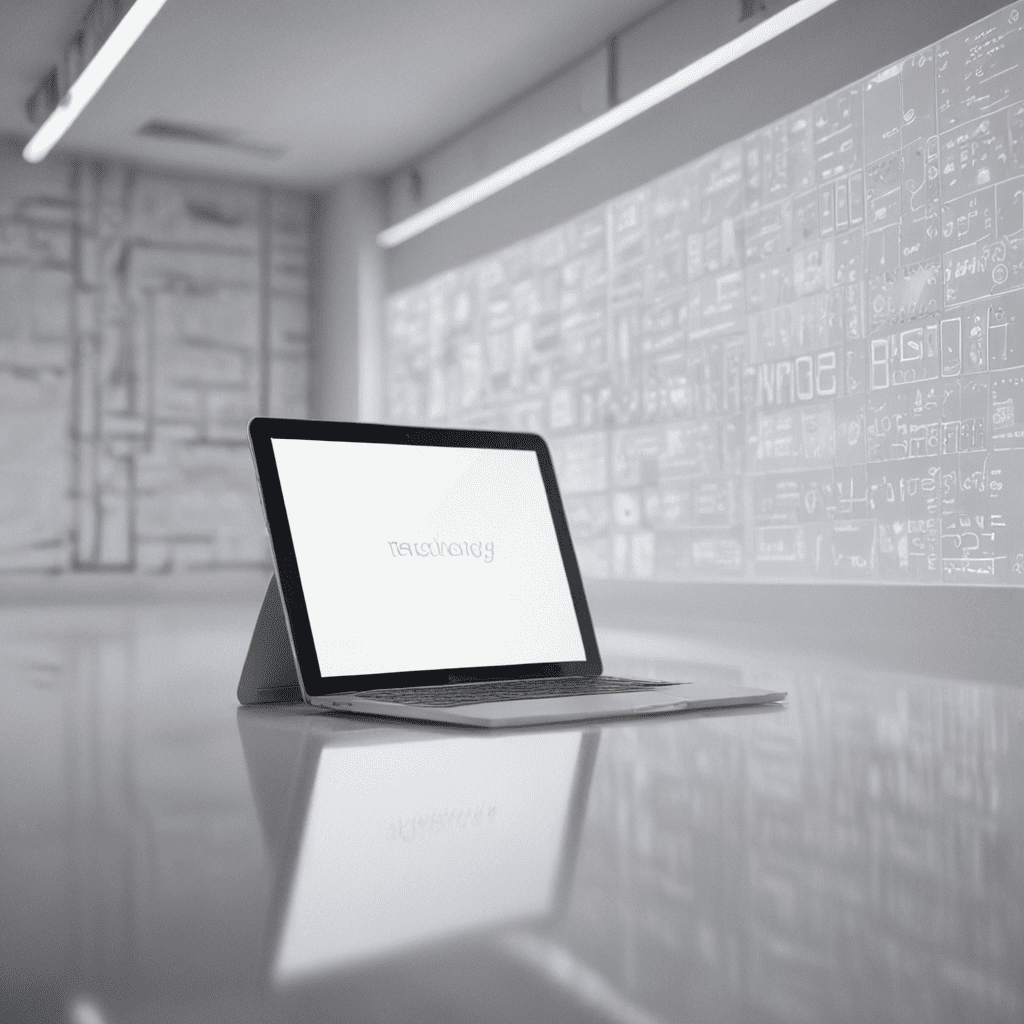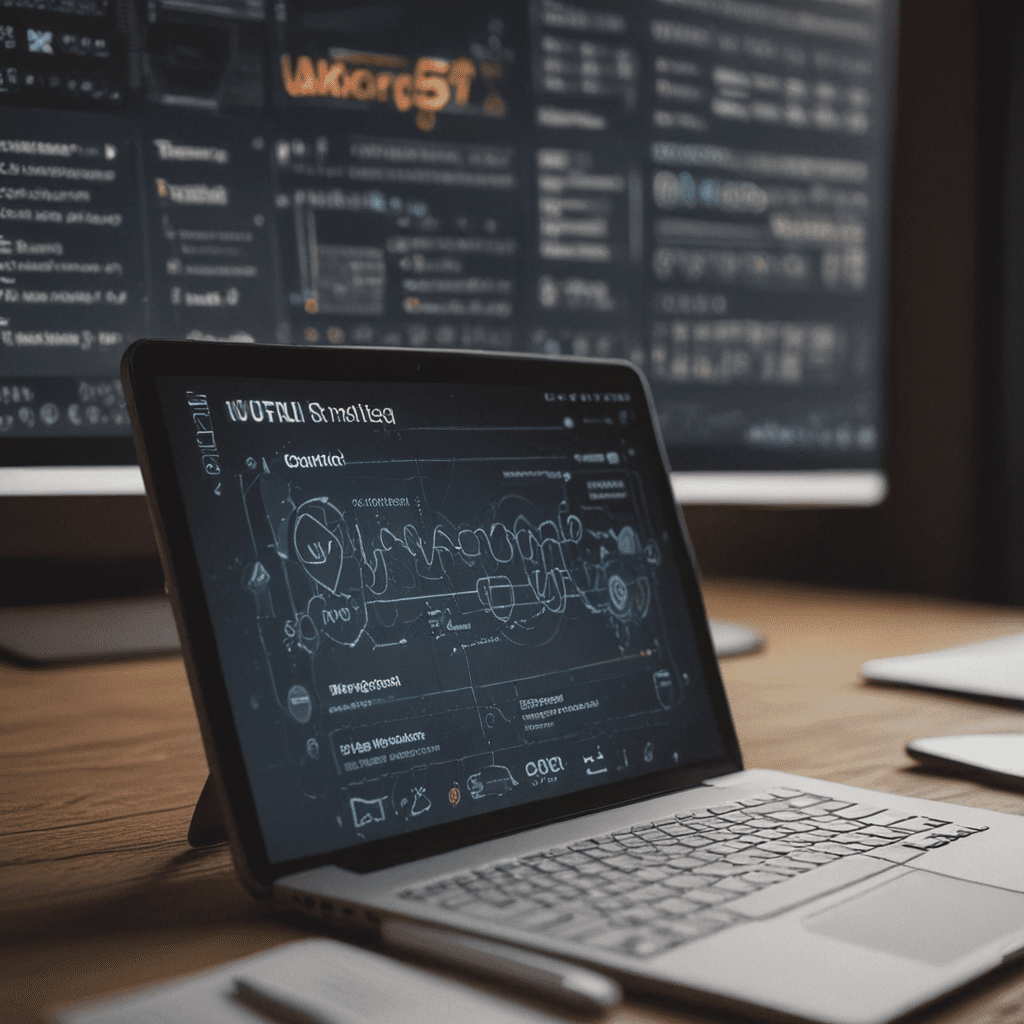
Impact of Mobile Devices on User Experience (UX) Design
Evolving User Behavior and Expectations
The advent of mobile devices has revolutionized the way users interact with digital content. Smartphones and tablets have become ubiquitous, transforming user behavior and expectations. Mobile users demand seamless, intuitive experiences that cater to their unique needs. UX designers must adapt to these changing dynamics by understanding the evolving user behavior and designing experiences that meet their heightened expectations.
The Importance of Responsive Design
With the proliferation of devices with varying screen sizes, responsive design has become paramount. Mobile devices necessitate a design approach that adapts to different screen resolutions and orientations. Responsive design ensures that users have an optimal experience regardless of the device they are using. It eliminates the need for separate designs for different devices, streamlining development and maintenance while ensuring a consistent user experience across platforms.
Designing for Smaller Screens and Different Input Methods
Mobile devices present a unique design challenge due to their limited screen space. UX designers must prioritize essential content and information while ensuring readability and ease of navigation on smaller screens. Additionally, mobile devices rely on touch input, which differs from traditional desktop and laptop interfaces. UX designers must consider touch gestures, screen sizes, and hand sizes to design intuitive and ergonomic interactions.
Understanding Mobile User Context
Mobile users often access content on the go, in various contexts and environments. UX designers need to understand these contexts to create experiences that align with user needs. Factors such as location, time of day, and connectivity should be considered. By designing experiences that are relevant to the mobile user's context, UX designers can enhance engagement and overall satisfaction.
Prioritizing Speed and Efficiency
Mobile users expect fast and efficient interactions. Slow loading times or clunky navigation can lead to frustration and abandonment. UX designers must prioritize speed by optimizing website and app performance. Simplifying interactions, reducing unnecessary elements, and optimizing content delivery can significantly enhance the mobile user experience. By ensuring swift and efficient experiences, UX designers can keep users engaged and satisfied.
Optimizing Navigation and Information Architecture
Mobile devices present unique challenges in terms of navigation and information architecture. Limited screen space and different input methods require UX designers to rethink traditional desktop navigation models. Intuitive navigation menus, breadcrumb trails, and clear visual cues are essential for guiding users through mobile experiences. Designers should prioritize content hierarchy, organize information logically, and minimize unnecessary clutter to enhance usability and reduce cognitive load.
Using Microinteractions to Enhance Engagement
Microinteractions are small, subtle cues that provide feedback and indicate transitions within the mobile UX. They enhance user engagement and make interactions more intuitive and enjoyable. Well-executed microinteractions can convey information, guide users through tasks, and create a sense of delight. UX designers should leverage microinteractions strategically to improve engagement, minimize frustration, and increase overall user satisfaction.
Leveraging Personalization for Improved UX
Personalization is a powerful tool for enhancing the mobile user experience. By tailoring content and experiences to individual users, UX designers can create more relevant, engaging, and meaningful interactions. Personalization can be achieved through features such as customized recommendations, tailored push notifications, and personalized content curation. By leveraging user data and analytics, UX designers can deliver highly personalized experiences that increase user satisfaction and drive loyalty.
Accessibility Considerations for Mobile Devices
Mobile devices have expanded access to digital content for users with disabilities. Accessibility considerations are crucial for ensuring that everyone has an inclusive and enjoyable mobile UX. UX designers should adhere to best practices for accessibility, such as providing alternative text for images, closed captioning for videos, and keyboard navigation options. By creating accessible experiences, UX designers empower all users to fully engage with mobile content and services.
Future Trends in Mobile UX Design
As technology continues to evolve, mobile UX design will undoubtedly face new challenges and opportunities. Wearable devices, augmented reality (AR), and artificial intelligence (AI) are among the emerging trends that will shape the future of mobile UX. UX designers must stay abreast of these advances and embrace innovative design techniques to create forward-thinking mobile experiences that meet the evolving needs of users. By leveraging emerging technologies and user research, UX designers can continue to push the boundaries of mobile UX and deliver exceptional experiences that enhance lives and empower users.
FAQ
How can I improve the UX of my mobile app?
Consider the user's context, prioritize speed and efficiency, optimize navigation and information architecture, use microinteractions to enhance engagement, and leverage personalization for improved UX.
What are some common UX mistakes to avoid when designing for mobile?
Overcrowding the screen with content, neglecting accessibility considerations, using complex navigation menus, and ignoring the importance of responsive design.
How can I ensure that my mobile UX design is future-proof?
Stay updated on emerging technologies like wearable devices, AR, and AI. Embrace innovative design techniques and user research to create forward-thinking experiences.


